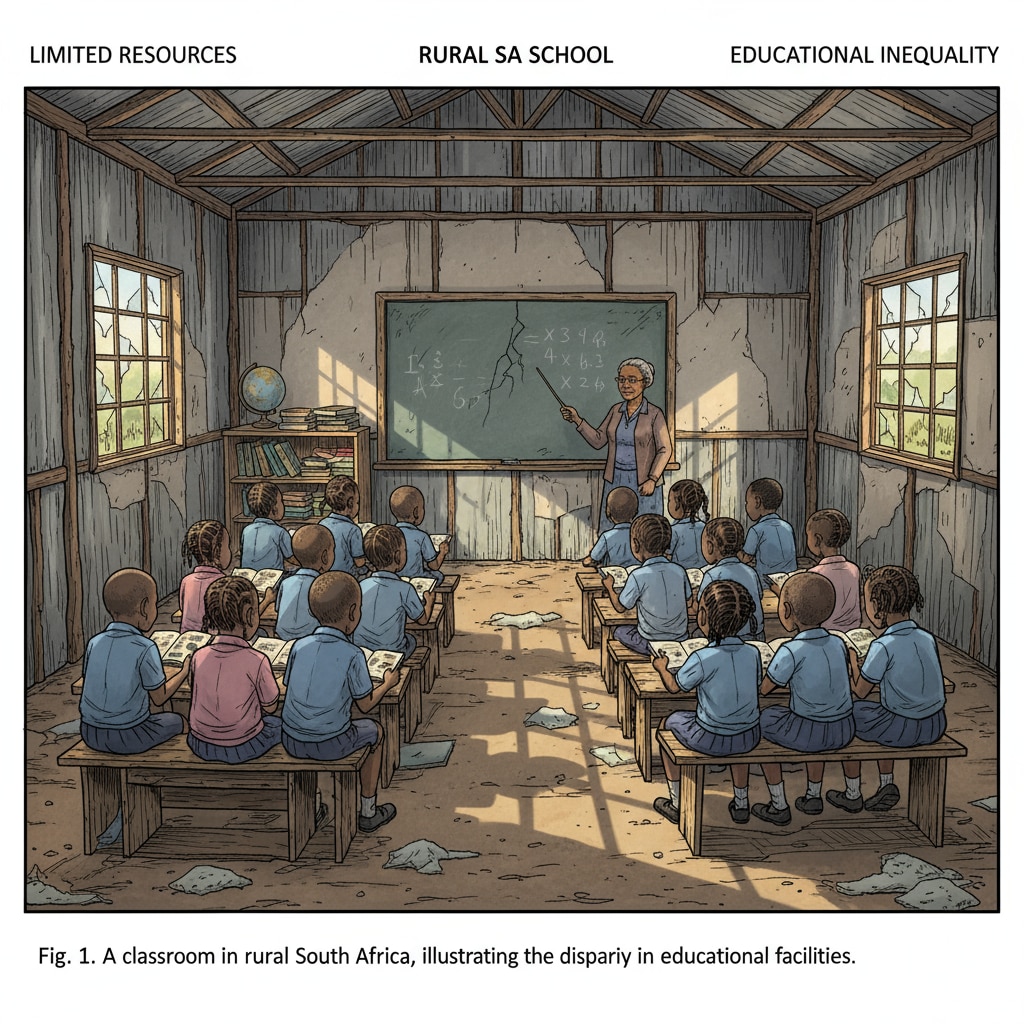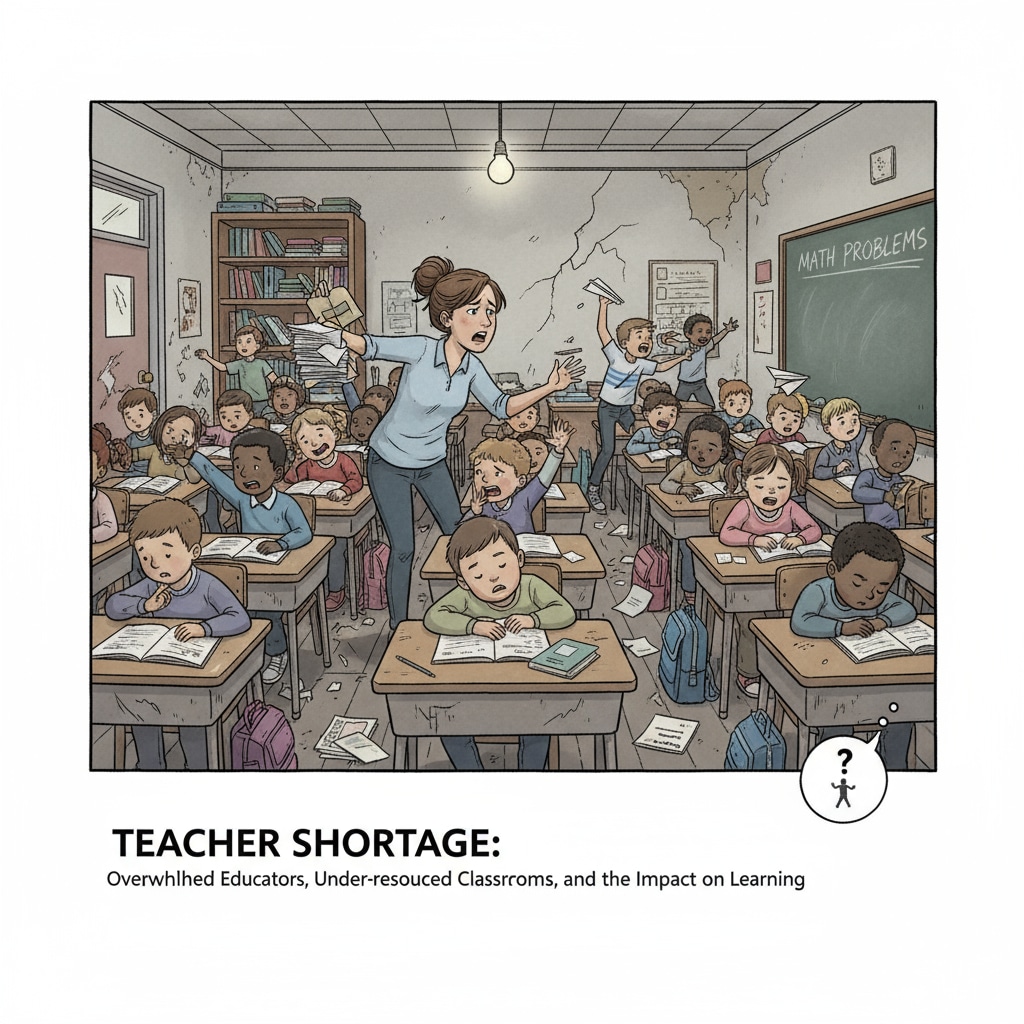Education inequality, resource allocation, and education reform are crucial aspects in understanding South Africa’s K12 education system. The system is currently marred by deep – rooted disparities that have far – reaching consequences for the nation’s development. South Africa’s education landscape reflects a long – standing issue of unequal access to quality education, which is closely tied to how resources are distributed and the need for comprehensive reform.

The Resource Allocation Divide
Resource allocation is at the heart of the education inequality in South Africa. In many rural and disadvantaged areas, schools lack basic amenities such as proper classrooms, textbooks, and educational technology. For example, a report by UNESCO indicates that some schools in remote regions have classrooms with leaking roofs and no electricity. This lack of resources severely hampers the learning experience of students. In contrast, schools in affluent urban areas are well – funded, boasting state – of – the – art facilities, libraries stocked with the latest books, and advanced computer labs. Therefore, the vast difference in resource allocation between different regions and socioeconomic groups creates a significant gap in educational opportunities.
The Teacher Shortage Crisis
Another significant factor contributing to education inequality is the teacher shortage. There is a maldistribution of teachers across the country. Rural and poor areas often struggle to attract and retain qualified teachers. Many teachers prefer to work in urban areas where living conditions and salaries are more favorable. As a result, students in these disadvantaged areas receive less attention and quality instruction. According to the World Bank, the pupil – teacher ratio in some rural schools is alarmingly high, making it difficult for teachers to provide individualized attention. This shortage of teachers further widens the educational gap between different communities.

The curriculum in South Africa also plays a role in perpetuating education inequality. The current curriculum may not be well – aligned with the needs of all students, especially those from disadvantaged backgrounds. It often focuses on theoretical knowledge rather than practical skills that are relevant to the local job market. In addition, the language of instruction can be a barrier for many students, as English is the primary medium in many schools, while a large portion of the student population has a different mother tongue. This disconnect between the curriculum and the students’ reality can lead to lower academic performance and limited opportunities for further education and employment.
To address these issues, comprehensive education reform is essential. This reform should focus on re – distributing resources more equitably, ensuring that every school, regardless of its location or socioeconomic background, has access to adequate funding, facilities, and teaching materials. Additionally, efforts should be made to attract and retain teachers in rural and disadvantaged areas through incentives such as better salaries, housing, and professional development opportunities. The curriculum also needs to be revised to be more inclusive and relevant to the diverse needs of South African students.
Readability guidance: By highlighting the key issues of resource allocation, teacher shortage, and curriculum problems, we can see the urgent need for education reform in South Africa. These problems are interconnected and require a holistic approach to ensure equal educational opportunities for all students.


